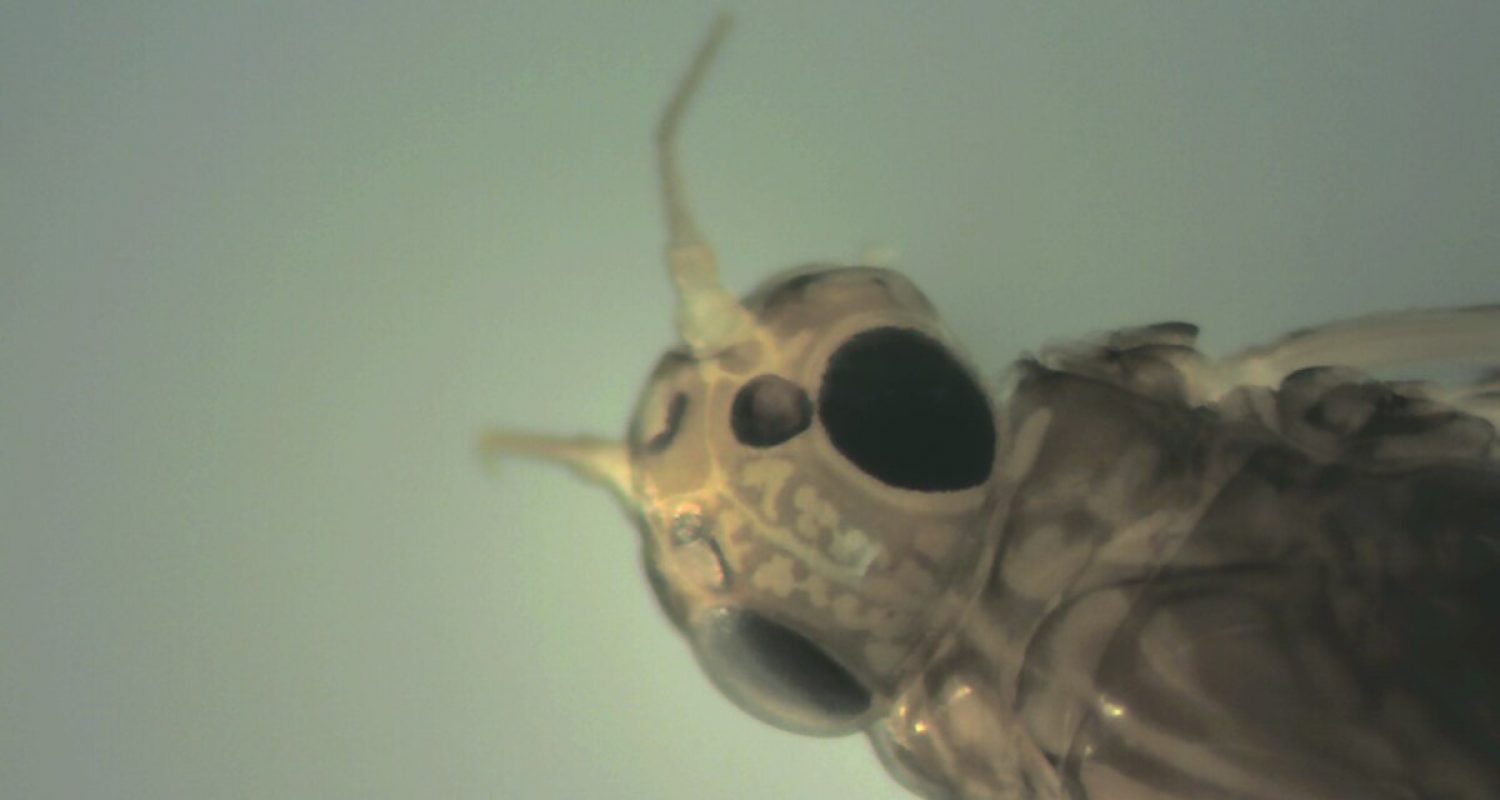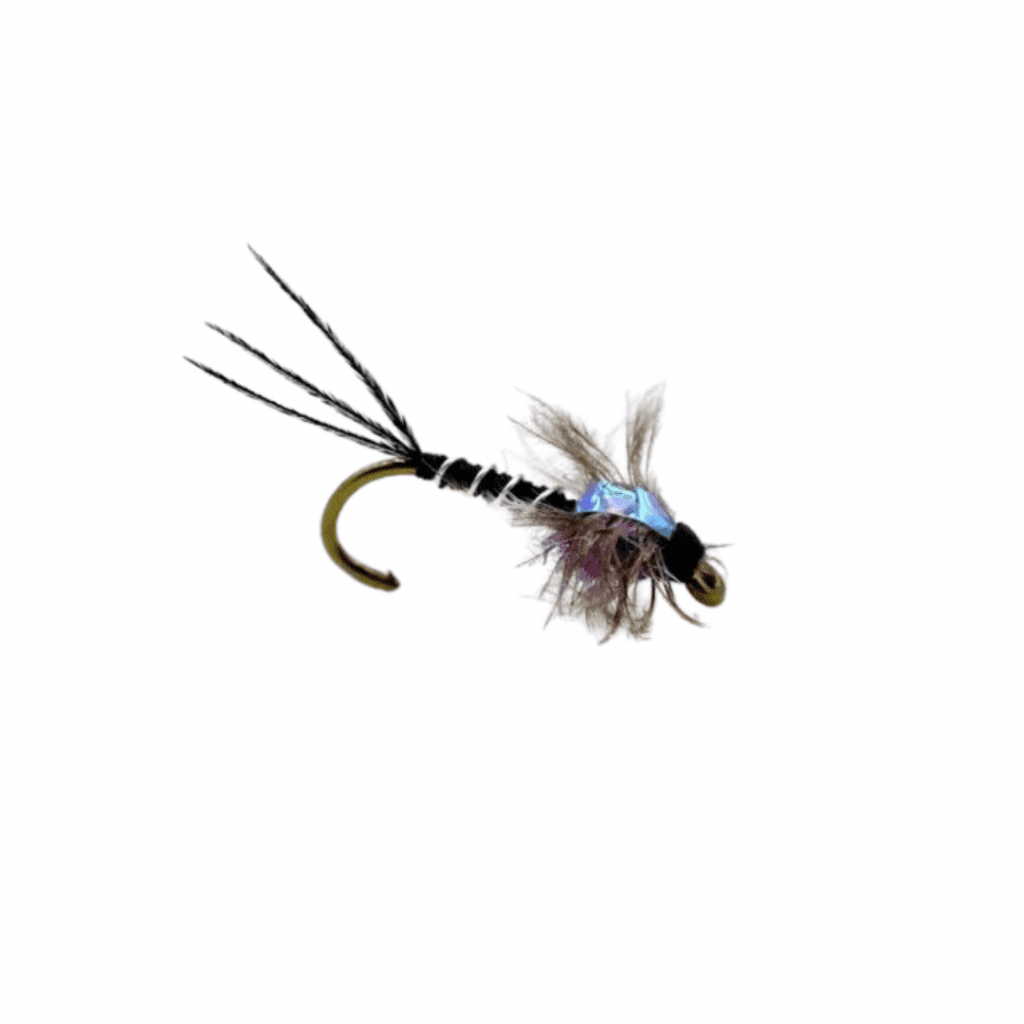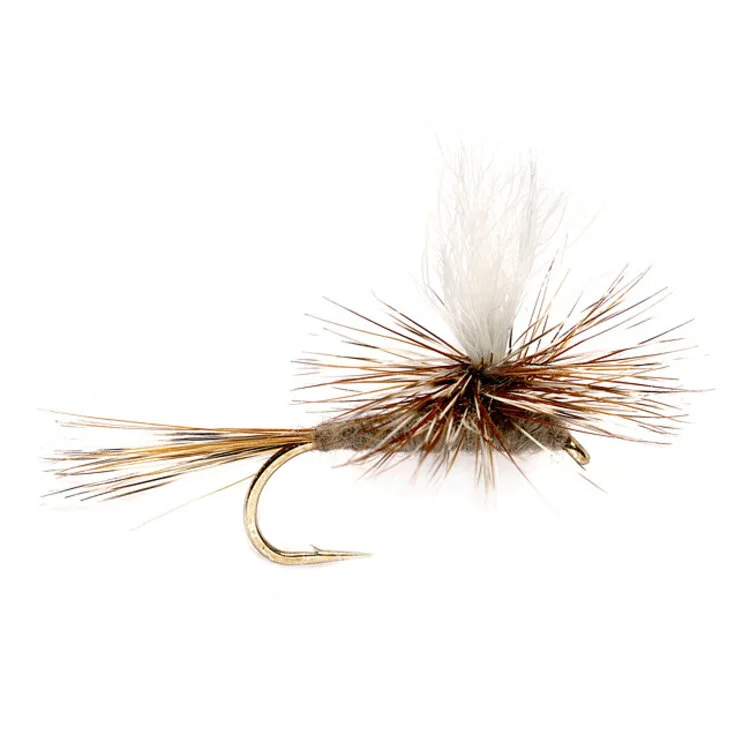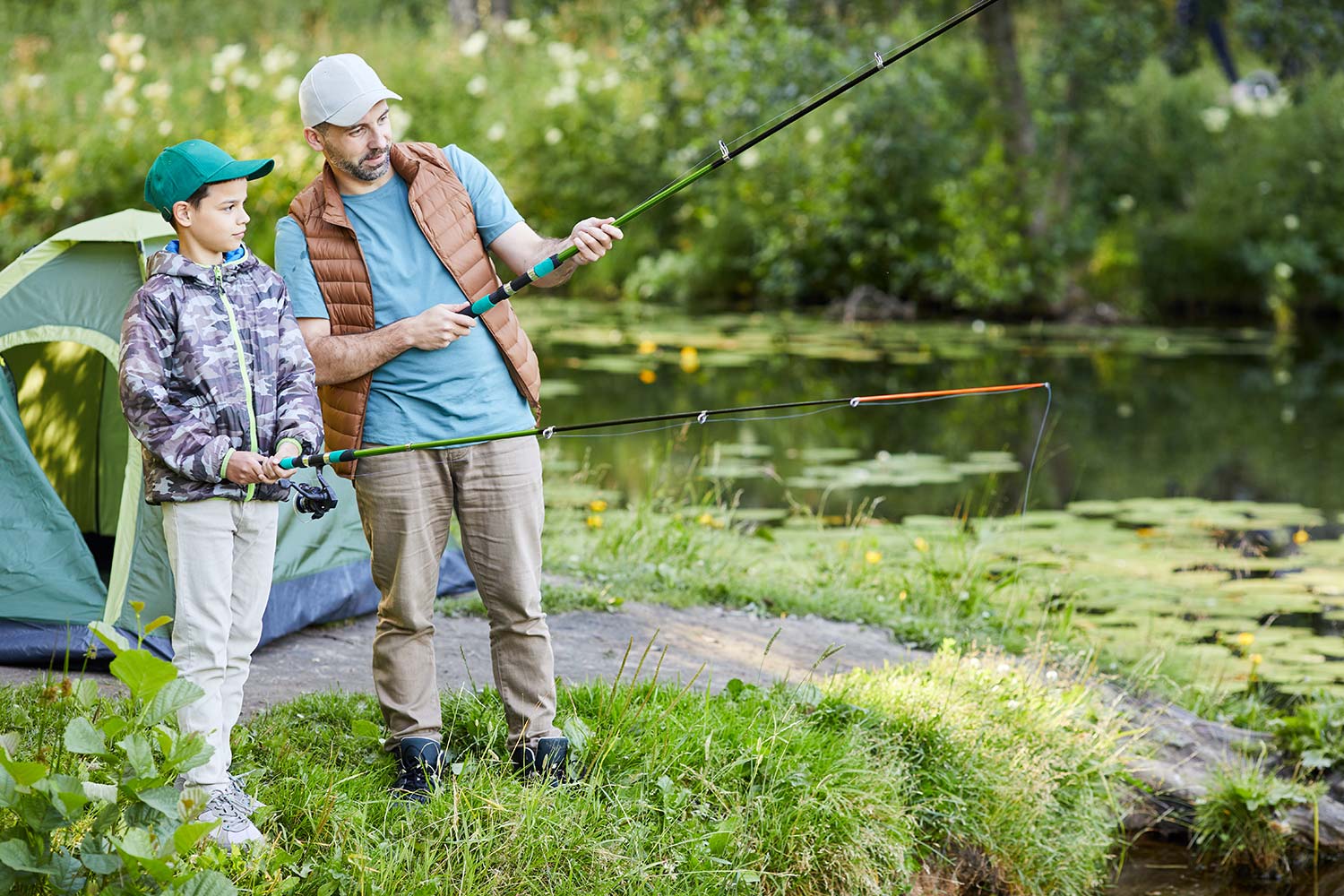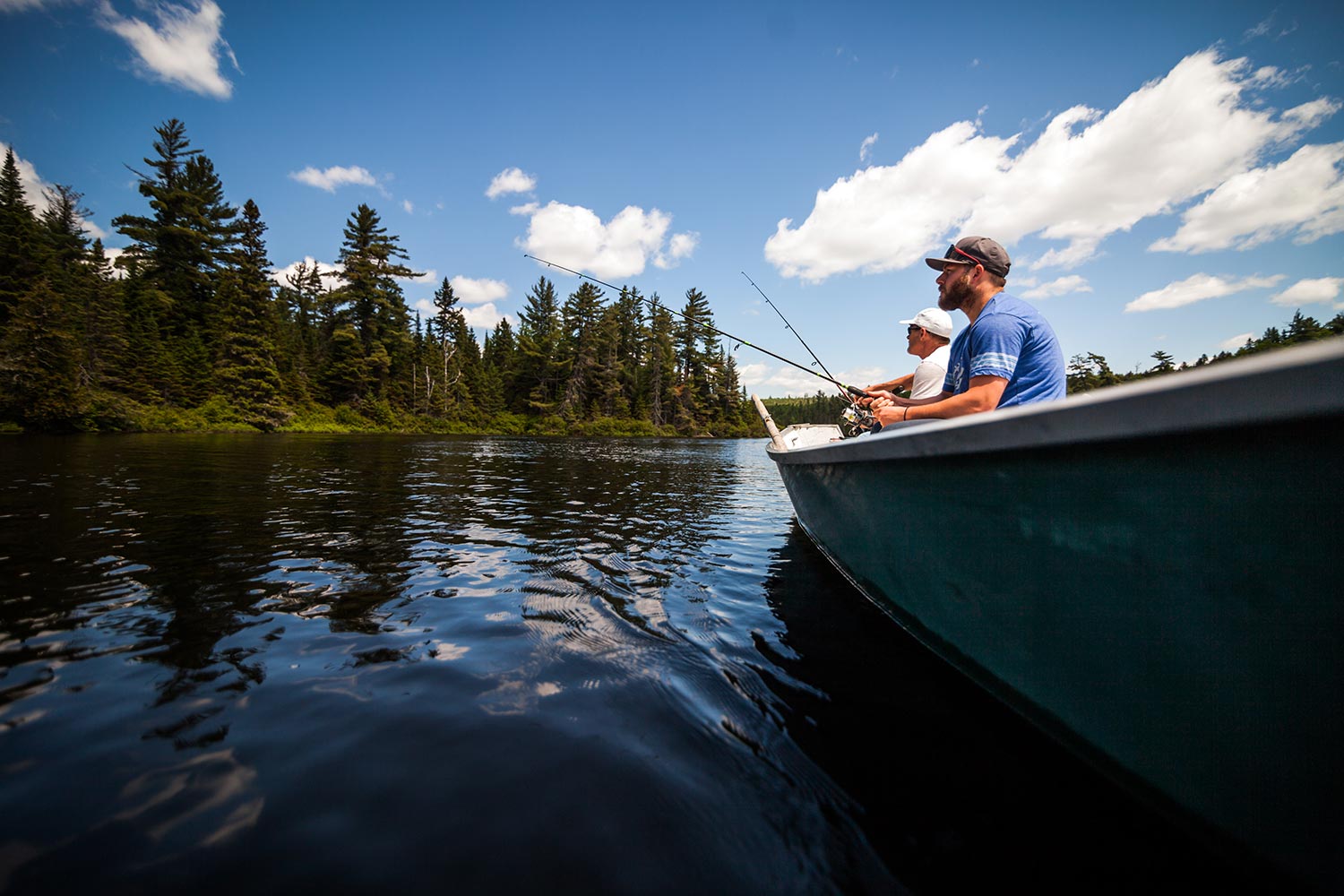A Breakdown of Fall Mayflies on the North Platte River
It’s fall on the mighty North Platte. The weather is beginning to cool off and the frustratingly tiny mayflies of this season are beginning to emerge. As you work up a slick tailout you see heads breaking the glassy surface, gently sipping duns with their silvery-tinted wings standing proudly above the mirrored surface of the water. You pick a fish steadily rising watch as it eats every third mayfly that gets washed down the seam it has positioned itself in and cast a #22 Tilt Wing Dun slightly upstream of the fish. As your fly passes over its head it begins to rise to it, but turns off at the last second, pushing a boil of water up and drowning your fly. Rejection. But why?
As an angler it is hard to say why a fish rejects a fly. It could have been a tiny amount of micro-drag, it could have seen the fine tippet tied to the fly, or the fish may have been eating the other tiny, olive colored mayfly that is emerging at the same time as the blue winged olives. Some anglers may not even realize that there are two different bugs emerging. To be fair: both of these mayflies are very similar.
They are both tiny, with pseudos being even tinier than their cousins the blue winged olive. They share a similar color too, both being olive. That said, pseudos lack the dun coloration on their wings, instead having more transparent wings. Their nymphal stages bear less differences but pseudos are generally significantly smaller. For a while pseudocloeons were their own genus, but have since been moved to the genus baetidae (the same genus as BWOs). There is emerging science around these mayflies in particular as we learn more about them.
Pseudocloeons are super small. Adults generally do not get much bigger than a size 24. Nonetheless, trout still love to eat them, and not just small trout. Adult trout feed heavily at times on pseudos, as they can be incredibly abundant in some rivers, such as the North Platte. Trout eating psuedos can become frustratingly hard to catch as these insects are active for a period of many weeks in the fall and the fish get used to seeing and eating them. As anglers and fly tiers it can be difficult or even impossible to imitate a pseudo in their nymph stage with many not even bothering to try.
Much like many other tiny bugs there are some real challenges to fishing with or tying flies smaller than a size 20. For starters: it is hard to land a big fish on a tiny hook, plain and simple. It can even be a challenge to get tippet through the eye of these nanoscopic hooks and an even bigger challenge to tie a standard fly on them. For both tying and fishing, one must approach these small flies differently, the wire of these hooks is super thin and easy to bend. The shanks of these hooks are short and a real challenge to tie a properly proportioned fly.
For these reasons these flies are often simple and impressionistic, lacking the details of larger flies. This is doubly beneficial when you break the spiderweb fine tippet required to present these flies effectively, and for those of you wondering why anyone would even try to tie or fish these flies it is for one reason, they are effective. It takes a lot of pseudos to fill up a trout, but that means that anglers get more chances to have their fly in the right spot at the right time.
Dry fly fishing during a pseudo hatch can be some of the hardest and most technical dry fly fishing of the year. These tiny bugs magnify any error in your presentation, slight drag on a size 24 looks like a size 16 getting pulled by a motorboat. Dry flies this small are also difficult to keep floating. Once they absorb even a little water they sink and even a slight chop on the water can drown them. The satisfaction of bringing a fat rainbow to hand on such a small fly is a fantastic reward, and that is what keeps us going.

